SUMMARY
This is AI generated summarization, which may have errors. For context, always refer to the full article.
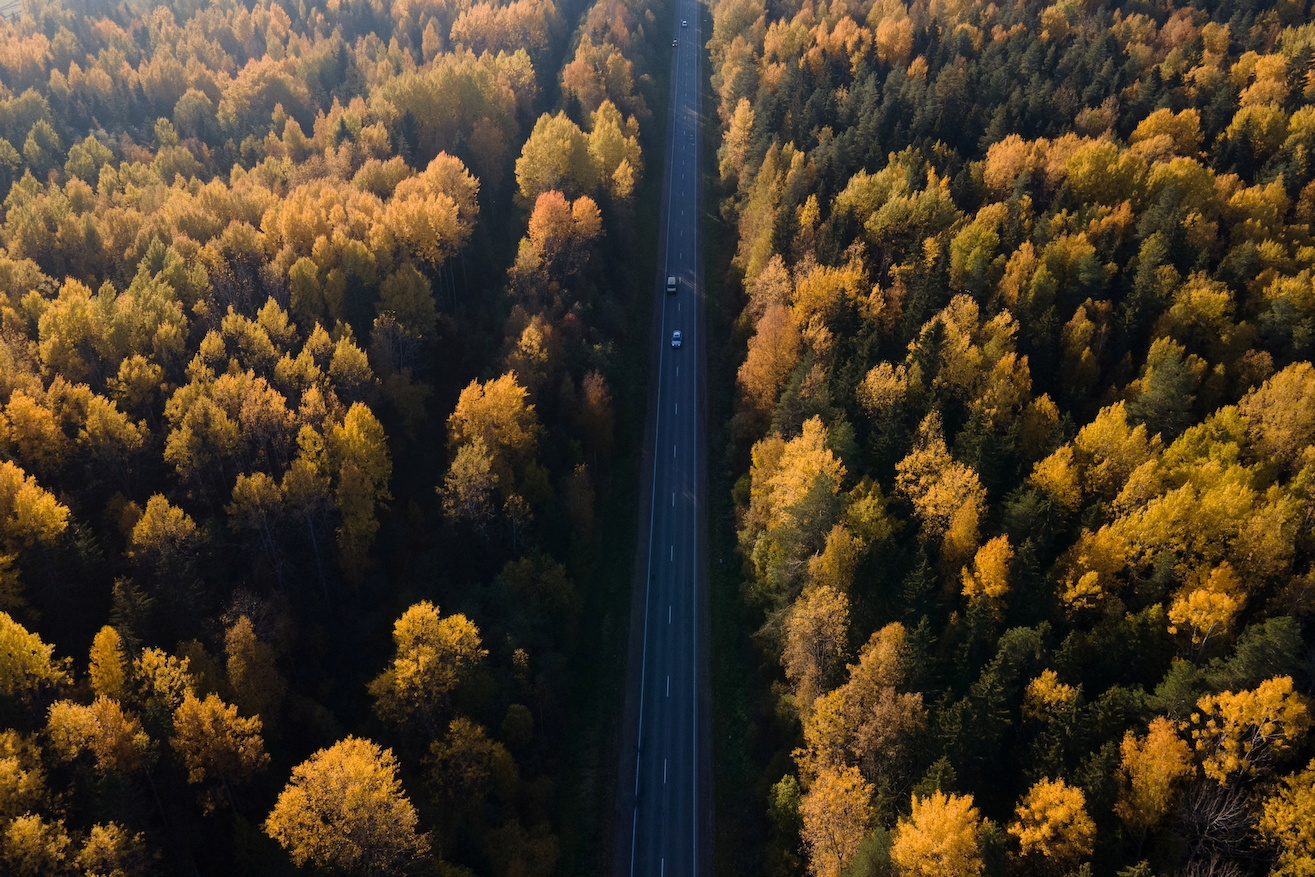
Russia will press for its forests, nuclear plants and hydro-electric power to be recognized as green projects at the COP26 climate summit, its environment minister told Reuters.
Representatives from nearly 200 countries will meet in Glasgow, Scotland for two weeks from Sunday to try to strengthen action to tackle global warming under the 2015 Paris Agreement.
Alexander Kozlov, 40, plans to attend the United Nations summit as part of the delegation representing Russia, which is the world’s fourth biggest emitter of greenhouse gases.
Kozlov said Russia would press for Article 6 of the Paris accord – which calls for “robust accounting” to avoid “double counting” emissions reductions
but has yet been implemented – to cover forests, nuclear energy and hydropower.
Article 6 aims to establish a central UN mechanism to trade carbon credits from emissions reductions generated through low-carbon projects.
“Our task is for the global community to accept that projects involving our businesses and the state, should emerge in the forestry industry to improve its absorbing capacities,” Kozlov said in an interview.
Nuclear and hydro power account for around 40% of all electricity produced in Russia, while forests cover a little less than 50% of its territory. Russia is home to the largest area of forests globally.
“There should be unified standards, unified requirements and the key – verification. Another issue is for the types of energy such as nuclear and hydropower to be treated as green energy.”
President Vladimir Putin, who plans to address the talks via video-link, has said he wants Russia to be carbon neutral no later than by 2060.
Russia’s fossil-fuel rich Pacific island of Sakhalin, where Kozlov originally comes from, aims for carbon neutrality by 2025, a trial that will be used to help the rest of the country go greener.
Kozlov said around half of the annual absorption capacity of Russia’s forests, or some 600 million tons of CO2 equivalent, is lost to fires and logging, so Moscow is doubling financing to 14 billion roubles ($200 million) a year to tackle the fires.
Russia’s annual net emissions are now 1.6 billion CO2 equivalent, around half that of the 1990s, he said, adding that Moscow was studying ways to pump the gas back into the soil.
“Storage should be of a non-degradable material capable of securing safely for over 100 years,” Kozlov said.
Igor Sechin, head of oil major Rosneft, said on Thursday that Russia had the potential to store 1.7 trillion tons of CO2.
Permafrost
Russia, sensitive to melting permafrost in its north where big industrial assets are located and hundreds of thousand of people still live, will set up 140 monitoring wells in the next three years to analyze soil changes 30 meters below the surface.
“There are studies showing that permafrost thaw at a depth of 3-4 meters could melt Arctic swamps by 2100. As a result, methane would be released whose warming impact is 28 times higher than that of carbon dioxide,” Kozlov said.
Under pessimistic scenarios, melting permafrost could affect 54% of residential buildings, 20% of commercial and industrial property, and 19% of ‘strategically important infrastructure,’ not including other side effects, he estimated.
“And if the warming tendency persists, then the most populous Arctic areas would be affected by the melting permafrost by 2050.”
$1 = 70.4175 roubles
Add a comment
How does this make you feel?
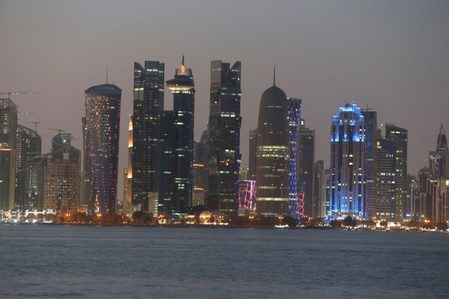
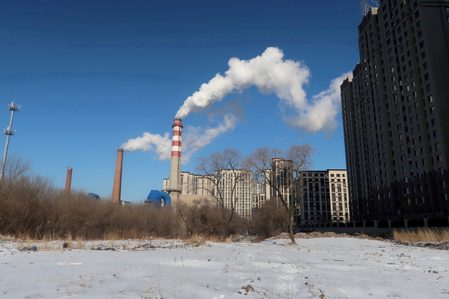
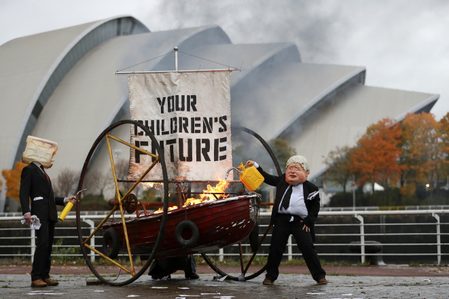

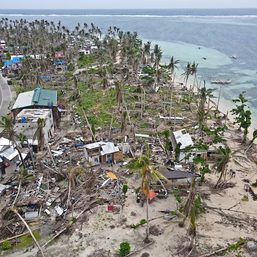

![[In This Economy] El Niño-nomics: How intense heat is drying up the Philippine economy](https://www.rappler.com/tachyon/2024/05/TL-El-nino-nomics-May-3-2024.jpg?resize=257%2C257&crop=264px%2C0px%2C720px%2C720px)
![[OPINION] Demystifying net-zero and climate reporting in the Philippines](https://www.rappler.com/tachyon/2024/05/TL-climate-reporting-philippines-May-3-2024.jpg?resize=257%2C257&crop_strategy=attention)
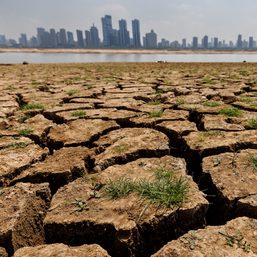
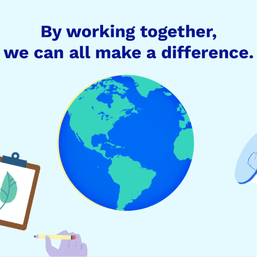
![[OPINION] Momentum for climate justice](https://www.rappler.com/tachyon/2022/01/TL-Odette-Climate-Justice-January-21-2022-Part-2.jpg?resize=257%2C257&crop=82px%2C0px%2C720px%2C720px)
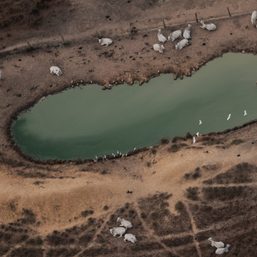
![[ANALYSIS] After Glasgow: What’s next for climate?](https://www.rappler.com/tachyon/2021/12/cop26.jpg?resize=257%2C257&crop_strategy=attention)
There are no comments yet. Add your comment to start the conversation.